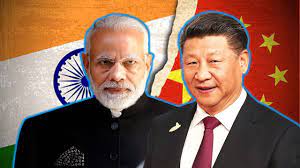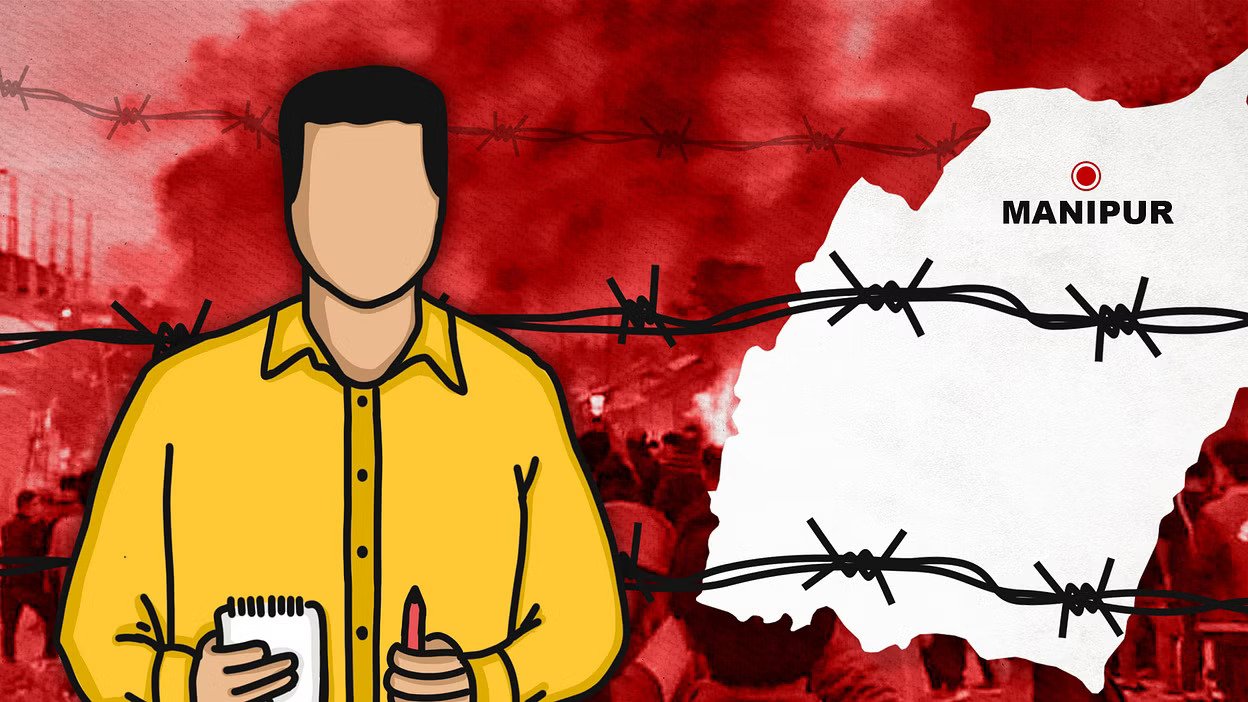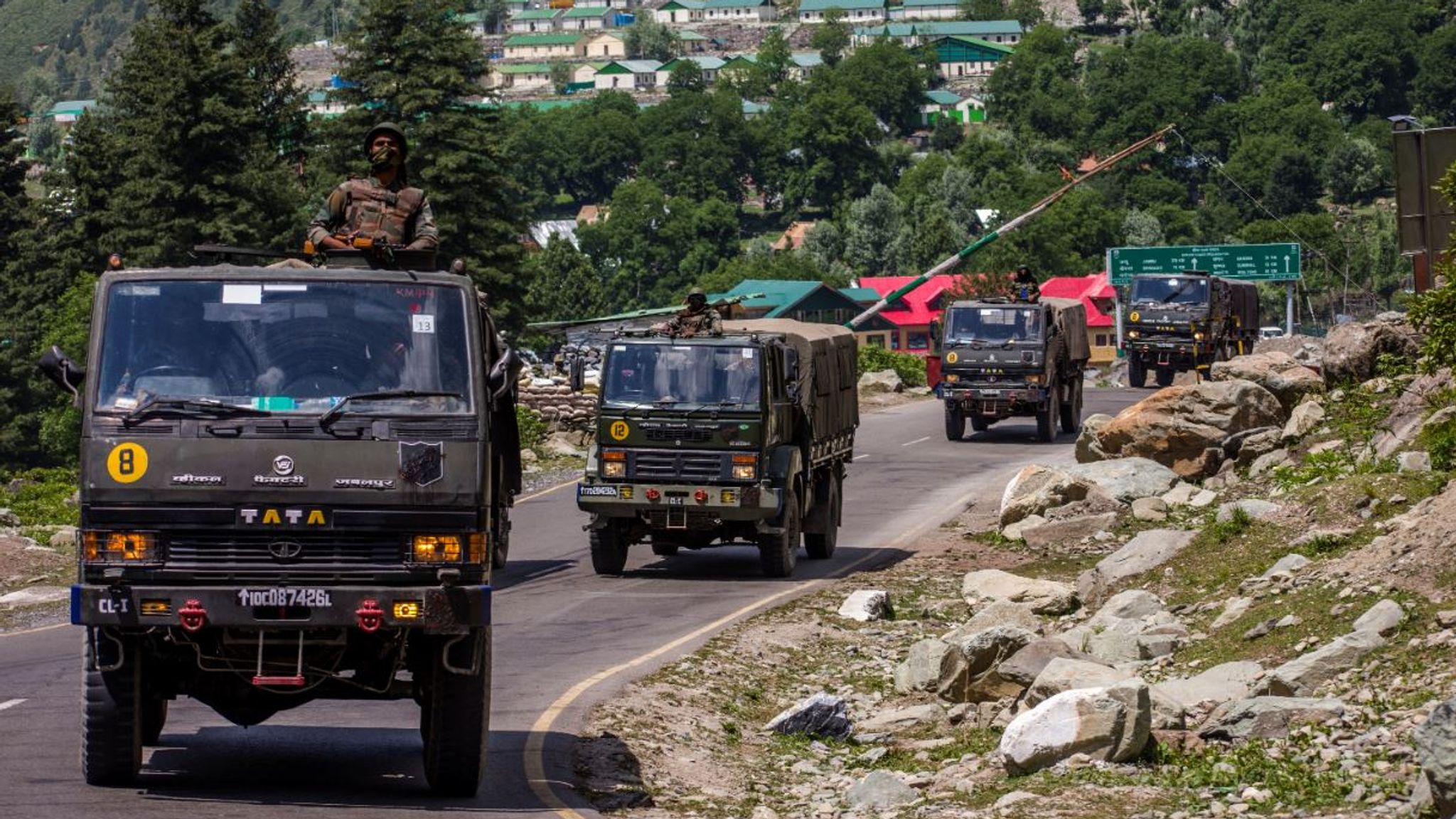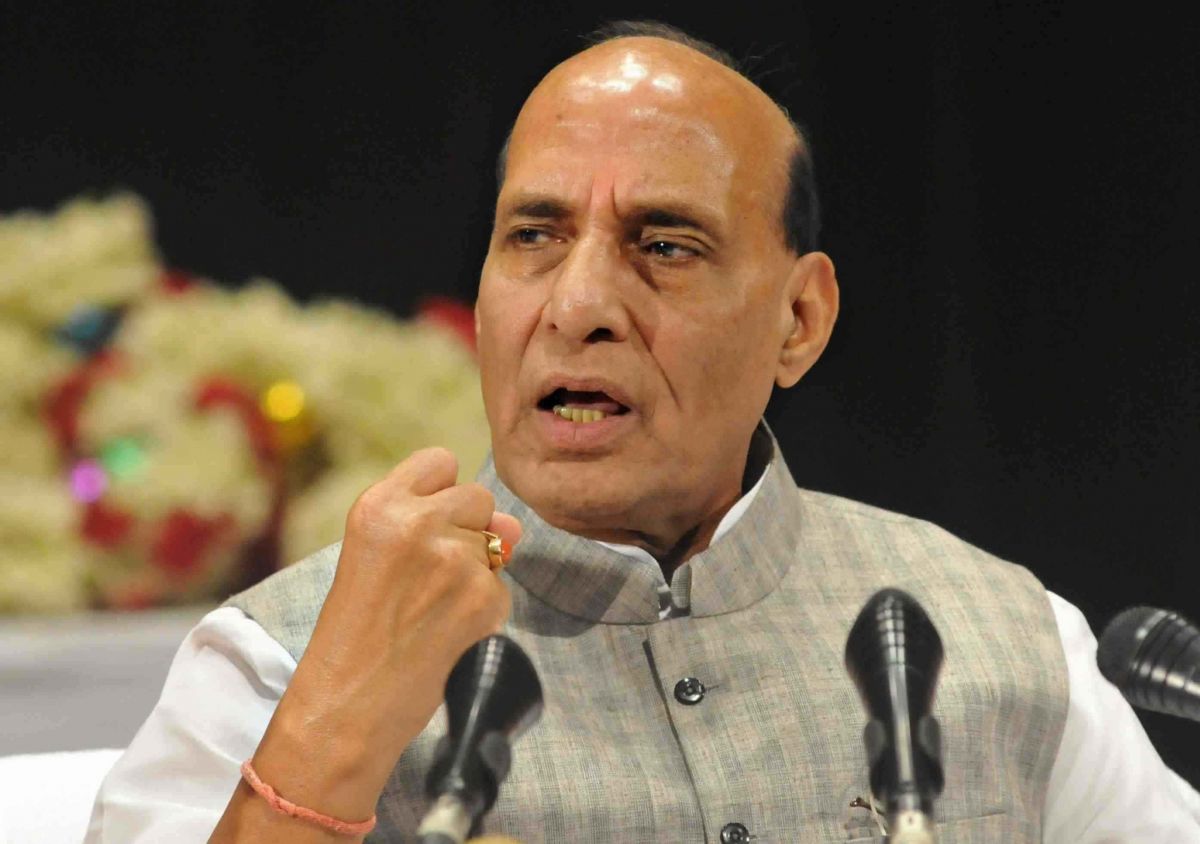Since gaining independence in 1947, India’s non-alignment policy, which was created in the post-colonial era, has been a distinguishing feature of its foreign policy. For many countries, including China, the Cold War-era objective to retain strategic independence and avoid allying with any major power bloc has sparked curiosity and occasionally anxiety. India and China have a complicated relationship that is characterised by collaboration, competitiveness, and sporadic conflicts as the two major Asian nations. Understanding China’s viewpoint on India’s Non-Alignment Policy offers important insights into the dynamics of their bilateral relations as well as the region’s overall geopolitics.
Ancient civilizations China and India have interacted culturally and commercially for millennia. However, complexity and difficulties have been a part of the two nations’ contemporary diplomatic relations. The idea of India’s non-alignment strategy dates back to Jawaharlal Nehru, the country’s first prime minister. Nehru wanted an autonomous foreign policy that avoided cooperating with any power blocs.
India’s non-alignment policy during the Cold War was perceived as an effort to avoid the bitter competition brewing between the United States and the Soviet Union as well as other alliances emerging throughout the globe. India’s approach offered China, which was going through its own revolutionary transition, a chance to work together as both countries attempted to demonstrate their independence on the international scene.
Even though the Cold War between the United States and the former Soviet Union ended in 1991, thinking about foreign policy is still influenced by how powerful powers at the time behaved. In the 1950s and 1960s, India and China—both newly independent governments in the post-World War II era—became significant voices despite possessing sufficient economic and political stature. In order to protect national interests from Cold War dynamics, India’s non-aligned policies, which were centred on neutrality between the two power blocs, garnered a lot of support.
As China fought in the Korean War in 1950 against the alleged onslaught of capitalist and imperialist forces, China, which was formally “leaning to one side,” or the communists headed by the USSR, also became a significant voice in world affairs. Chinese Premier Zhou Enlai’s remark on “seeking common grounds” and “not seeking divergences” was well received during the 1955 Asian-African countries meeting in Bandung, when the concept of non-alignment gained further traction. China’s and India’s stances appeared to be identical. However, a deeper reading reveals several variances.
Given that both India and China, once again, have mostly adopted diplomatically neutral postures at the UN in the continuing Russia-Ukraine confrontation, it is worthwhile to explore neutrality as a foreign policy decision in 2023. The most recent instance of these debates was at the just-concluded virtual summit of the Shanghai Cooperation Organisation (SCO), which was hosted by India. The consequences of the Russia-Ukraine war are still being debated in different regional and global venues. China emphasised the need for members to “protect and promote their security and development interests,” while Russia stressed the need for a “truly just and multipolar world.”
India discussed the need to intensify collaboration for sustainable socioeconomic growth as well as to raise the standard of living for people in the SCO area. India also expressed its disapproval of the global scourge of terrorism. What is particularly noteworthy is that India objected to the SCO’s 2030 economic growth strategy’s decision to keep wording that resembled Chinese government policy. As a result, India declined to sign the document. India essentially refrained from joining China’s Belt and Road Initiative (BRI), which, among other things, violates India’s sovereignty.
India made it plain in its speech at the SCO that it does not want to get involved in the conflict between Russia and Ukraine but that it does want to address the effects of the situation on developing nations like India. This is the reason New Delhi spoke about how current conflicts are getting worse and that new conflicts are developing. India’s stance, particularly with regard to the conflict in Ukraine, is based on its tried-and-true non-alignment principles, which are based on neutrality.
India and China, two major players in world politics, might have united to assume leadership of the developing world. However, their extreme worldview differences make cooperation difficult. It is important to know what China actually thinks about India’s neutrality in this situation.
Every time there is a state visit between India and the US, the Chinese media goes overboard in emphasising how China has always taken an aggressive stance against India while completely ignoring the fact that China has always been neutral and has played a key role in driving a wedge between the two countries. These claims continue to be made often, even after the most recent Modi-Biden summit in 2023.
For the simple fact that both countries are democracies, have comparable governance structures, and are not revisionist powers, the goodwill between India and the US does not benefit China. Beijing does not actually value “neutrality,” despite the fact that China praises India’s neutrality and claims that it should maintain it in all disputes with the US and China.
India’s neutral views on foreign policy are mentioned in analyst Pan Guang’s recent interview on the SCO’s function, which was published on the Chinese news website Guancha. This interview is a crucial sign of what China thinks of India’s neutrality. Dr. Pan, a SCO practitioner, said in his interview that he does not believe that India has changed sides with the US and that India has not yet made a public declaration to that effect. He claims that India has insisted on having it both ways, or, to use diplomatic language, on being nonaligned. The word “jiao ta liang tiao chuan,” which literally translates to “travelling in two boats,” is used in the interview in Chinese. However, India’s non-alignment or neutrality does not imply the idea of sailing in two boats.
The remark made by Dr. Pan reminds me of what Mao Zedong said of India’s Cold War foreign policy decisions. “It’s hard to stand on the sidelines. There isn’t a third route,” he had said. He had highlighted the necessity of supporting imperialism or socialism. In addition, he described India’s choice to join the Commonwealth as a situation in which India, like an unconfident child, was dependent on its colonial overlords. It goes without saying that China has never made an effort to comprehend India’s justifications for its foreign policy decisions or national interests, and the outmoded and wrong Chinese perception of India’s neutrality has persisted from Mao Zedong’s to Xi Jinping’s administration.
Because of the profound differences in Indian and Chinese views on foreign policy, as demonstrated by the Chinese perspective on India’s decision to remain neutral, we must recognise these differences and avoid using any statements or phrases that the Chinese use in international politics.
The stability and growth of Asia and the rest of the world depend on the relationship between China and India, as both countries continue to emerge as significant global players. Despite being crucial for preserving India’s strategic independence, the non-alignment policy has occasionally led to differences in the parties’ objectives. For both nations to promote more collaboration, solve shared issues like terrorism and climate change, and create a stable and affluent area, it will be essential to find points of agreement and manage disputes.
As a result of past relationships, regional factors, and their larger geopolitical aspirations, China’s stance on India’s non-alignment policy is multifaceted. Achieving a balance between cooperation and rivalry will be crucial in determining the future course of India and China’s complicated relationship and the development of the larger Asian region.








